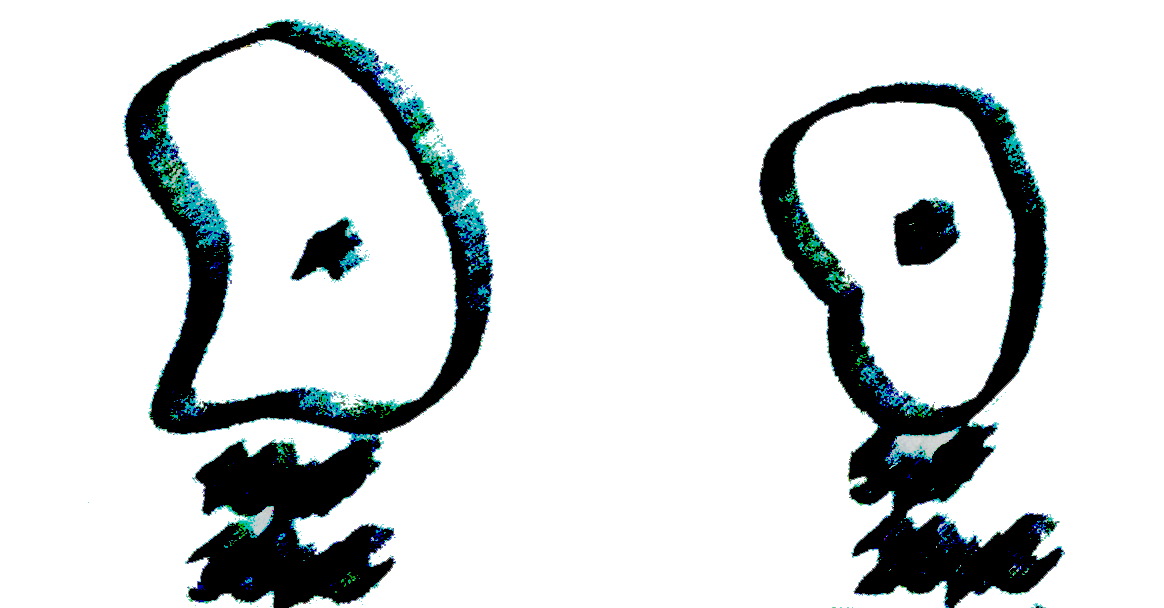An insulator (non-conductor) can be charged by
a. conduction (b) induction (c) friction
a,c
b,c
c only
b only
The correct Answer is:C
To determine how an insulator can be charged, let's analyze the three options provided: conduction, induction, and friction.
1. Understanding Insulators:
- An insulator is a material that does not allow the flow of electric charge (electrons). This is the fundamental property of insulators.
2. Option A: Conduction:
- Conduction involves the transfer of charge through the movement of electrons. When a charged object comes into contact with a conductor, electrons can flow from one to the other.
- Since insulators do not allow electron flow, they cannot be charged by conduction.
- Conclusion: Option A is incorrect.
3. Option B: Induction:
- Induction is a process where a charged object can induce a charge in a nearby object without direct contact, often involving grounding.
- In the case of insulators, since they do not allow the movement of electrons, induction cannot occur effectively.
- Conclusion: Option B is also incorrect.
4. Option C: Friction:
- Charging by friction involves rubbing two different materials together, which can transfer electrons from one material to another.
- For example, when a comb is rubbed through hair, electrons are transferred, resulting in the comb acquiring a negative charge.
- Insulators can be charged through this method because the friction allows for the transfer of charge without the need for electron flow through the material itself.
- Conclusion: Option C is correct.
Final Answer:
The insulator can be charged by (c) friction.
---
- An insulator is a material that does not allow the flow of electric charge (electrons). This is the fundamental property of insulators.
- Conduction involves the transfer of charge through the movement of electrons. When a charged object comes into contact with a conductor, electrons can flow from one to the other.
- Since insulators do not allow electron flow, they cannot be charged by conduction.
- Conclusion: Option A is incorrect.
- Induction is a process where a charged object can induce a charge in a nearby object without direct contact, often involving grounding.
- In the case of insulators, since they do not allow the movement of electrons, induction cannot occur effectively.
- Conclusion: Option B is also incorrect.
- Charging by friction involves rubbing two different materials together, which can transfer electrons from one material to another.
- For example, when a comb is rubbed through hair, electrons are transferred, resulting in the comb acquiring a negative charge.
- Insulators can be charged through this method because the friction allows for the transfer of charge without the need for electron flow through the material itself.
- Conclusion: Option C is correct.
The insulator can be charged by (c) friction.
Topper's Solved these Questions
Similar Questions
Knowledge Check
- Question 1 - Select One
Through induction, a non-conductor
Acan be chargedBcannot be chargedCcan be neutralDNone of these - Question 2 - Select One
Through induction, a non-conductor
Acan be chargedBcannot be chargedCcan be neutralDNone of these - Question 3 - Select One
Through induction, a non-conductor
Acan be chargedBcannot be chargedCcan be neutralDNone of these
What is the difference between charging by conduction and charging by induction?
View SolutionProve that, if an insulated, uncharged conductor is placed near a charged conductor and no other conductors are present, the uncharged body must be intermedicate in potential between that of the charged body and that of infinity.
View SolutionPure water is a non-conductor of electricity but can be made conductor by adding to it
View SolutionWhen two isolated conductors A and B are connected by a conducting wire positive charge will flow from .
 View Solution
View SolutionSTATEMENT-1 : Total charge of a conductor can be transferred to the other conductor by connecting them with a conducting wire.
and
STATEMENT-2 : On connecting the two condcutors , their potentials become equal.View Solution

